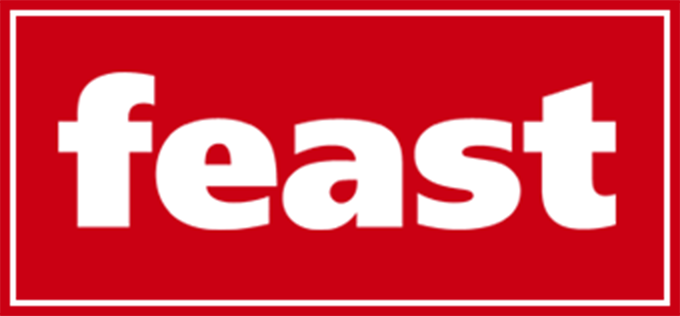Introduction: Why Look South for Workflow Innovation?
For many Townies, All‑on‑4 dental implants already stand as a game changer, yet case turnover and lab logistics can still bottleneck production. Over the past decade, Cancun clinics have developed high‑volume protocols that compress diagnostics, surgery, and provisionalization into forty‑eight hours or less. By studying their playbook, private and group practices in the United States and Canada can refine digital flow, trim chair time, and sharpen profit margins without lowering clinical standards.
High‑Volume Settings Refine Every Step
Digital‑First Diagnostics
Patients arriving at large Riviera Maya centers receive a CBCT scan and full‑arch intraoral capture in a single appointment that averages fifteen minutes. Imaging is pushed to a cloud workspace where surgeon, restorative dentist, and design tech comment in real time. This simultaneous review removes the traditional pause between data acquisition and treatment planning.
Guided Surgery With Same‑Day Load
Stackable bone‑and‑mucosa guides arrive from the in‑house mill within hours of plan approval. Teams follow a standardized torque protocol that allows immediate fixation of a milled PMMA bridge once insertion values reach 35 Ncm. Surgical duration for one arch hovers around seventy minutes, freeing operatory space for additional cases the same day.
In‑House Lab Integration: Mill, Print, Deliver
Titanium and PMMA Hybrids Milled On‑Site
Large‑format five‑axis mills carve both the interim and final titanium substructures on premises. Chairside technicians can adjust occlusal tables before the patient leaves, effectively eliminating remakes and reducing after‑hours emergency calls.
3‑D‑Printed Try‑Ins for Esthetic Approval
A printed monolithic prototype gives patients visual confirmation of tooth shape and midline before any irreversible work begins. Feedback is entered directly into CAD software, shortening provisionalization to a single afternoon rather than two or three return visits.
Anesthesia and Chairside Team Configuration
IV Sedation Workflow
Most Cancun operators employ a certified nurse anesthetist, allowing the surgeon to focus exclusively on the field. Sedation start‑to‑finish times drop when induction, monitoring, and recovery are delegated to a dedicated provider.
Four‑Handed Versus Six‑Handed Surgery
Clinics relying on a six‑handed model—surgeon, two surgical assistants, and a floating instrument tech—report that average surgical time per arch sinks to seventy‑two minutes. For practices still employing four‑handed setups, rotating a sterilized tray captain into the room during critical drilling phases can offer similar gains without adding permanent payroll.
Cost‑Efficiency Benchmarks
When comparing material spend, large centers in the Hotel Zone purchase implants, abutments, and titanium discs at bulk rates that undercut North American distributor pricing by twenty to thirty percent. These savings, along with bundled global dental prices visible to patients up front, release capital for reinvestment in digital scanners and chairside mills. Private practitioners may not reach identical scale, yet group purchases through study‑club alliances or regional DSOs can narrow the gap considerably.
Remote Monitoring and International Follow‑Up
Tele‑Prosthodontics
Weekly smartphone photos of the surgical site feed AI analytics that flag inflammation, color variance, and soft tissue puckering. The algorithm assigns a healing score, prompting a video consult if metrics fall outside target ranges. This constant feedback loop has reduced unplanned return visits to under two percent.
Handoff Protocols for Home Dentists
Every patient departs with a signed surgical summary listing implant brand, lot numbers, insertion torque, and abutment specs. Receiving clinicians appreciate the clarity when scheduling hygiene intervals or planning for zirconia conversion at twelve months. Cancun Cosmetic Dentistry (CCD) distributes these files in both PDF and STL formats for seamless import into most practice‑management suites.
Clinical Pearls for the Restorative Dentist
- Tighten screw‑retained PMMA provisionals to fifteen Ncm after one week to counter initial settling.
- Locator housings, if used for interim stability, should be changed at the six‑month mark to avoid nylon fatigue.
- Analyze wear facets on PMMA bridges at three months. Evidence of lateral bruxism suggests advancing zirconia conversion to month eight instead of twelve.
Ethical Considerations and Informed Consent
Vacation‑dentistry marketing can blur clinical realities. Leading Cancun centers combat misconceptions by issuing bilingual consent packets that detail risks, benefits, and alternatives in everyday language. North American dentists referring or receiving these cases should mirror that transparency, underscoring that immediate load is technique‑sensitive and not a turnkey solution for every edentulous patient.
Key Takeaways and Implementation Checklist
- Adopt cloud‑based collaboration so surgeon, lab, and restorative teams can plan simultaneously.
- Evaluate local milling and printing partnerships to keep provisional fabrication in house.
- Pilot a six‑handed surgery model on select Fridays to assess time savings.
- Provide patients with a digital healing diary and encourage weekly uploads for the first ninety days.
- Benchmark your supply costs against bulk‑rate dental prices in Cancun to identify vendor negotiation points.
Townies interested in deeper data are invited to compare notes in the forum. By adapting proven efficiencies from the Mexican Caribbean, practices can deliver faster, more predictable All‑on‑4 dental implants while preserving the personalized care that defines successful full‑arch rehabilitation.



